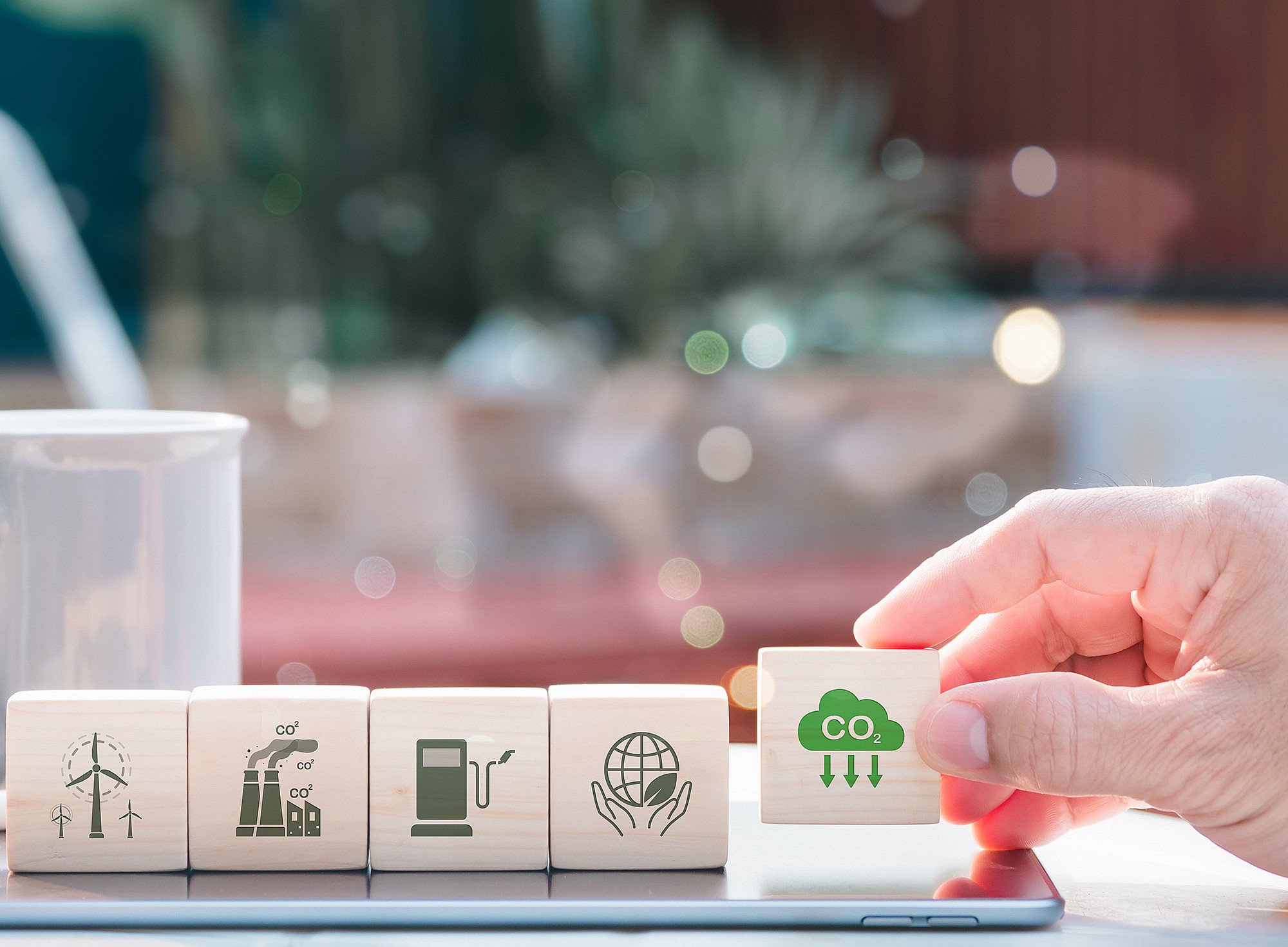In the last two years, greenhouse gas emissions have fallen significantly for the first time: by 5.8% in 2022 and 6.4% in 2023, in each case compared to the previous year. Before that, they remained relatively stable for a long period, apart from the sharp decline caused by the COVID-related lockdown. "The last time we had as low greenhouse gas emissions as in 2023 was in 1970, so they were also lower than in the years of the oil price shocks," reports Karl Steininger from the Wegener Center at the University of Graz. "International climate agreements use the 1990 emissions level as a reference for their targets. Austria is now measurably below this level for the first time in the last 30 years," says the economist.
Influences of the economic activity level and winter temperature
In their analyses, Steininger and his team calculated the influence of various factors. For example, the economy: in 2022, the very strong economic activity level contributed to a 1.6 percent increase in emissions. In contrast, the sharp price increases for energy and the measures taken during the energy crisis led to a reduction of 6.7 percent. The warmer winter compared to the previous year also had a positive effect. It reduced emissions by 0.7 per cent in 2022. In 2023, the weak economy led to a decrease of 0.8 per cent. The winter was only marginally warmer than in 2022.
Reducing emissions through renewable energy
A key contribution to reducing emissions in both years was made by increasing the share of renewable energy. "Our analyses show that the increased prices for fossil fuels are largely responsible for this," says Steininger. However, the effect is delayed. "Almost 60 percent of the increased share of renewables in 2023 can be explained by energy price increases since 2020."
In addition, a whole bundle of measures made a fundamental contribution to reducing emissions: from energy-saving initiatives, building renovation and heating replacement programmes to incentives to use public transport and the promotion of cycling.
Detailed analysis of the development of Austrian greenhouse gas emissions since 2021
